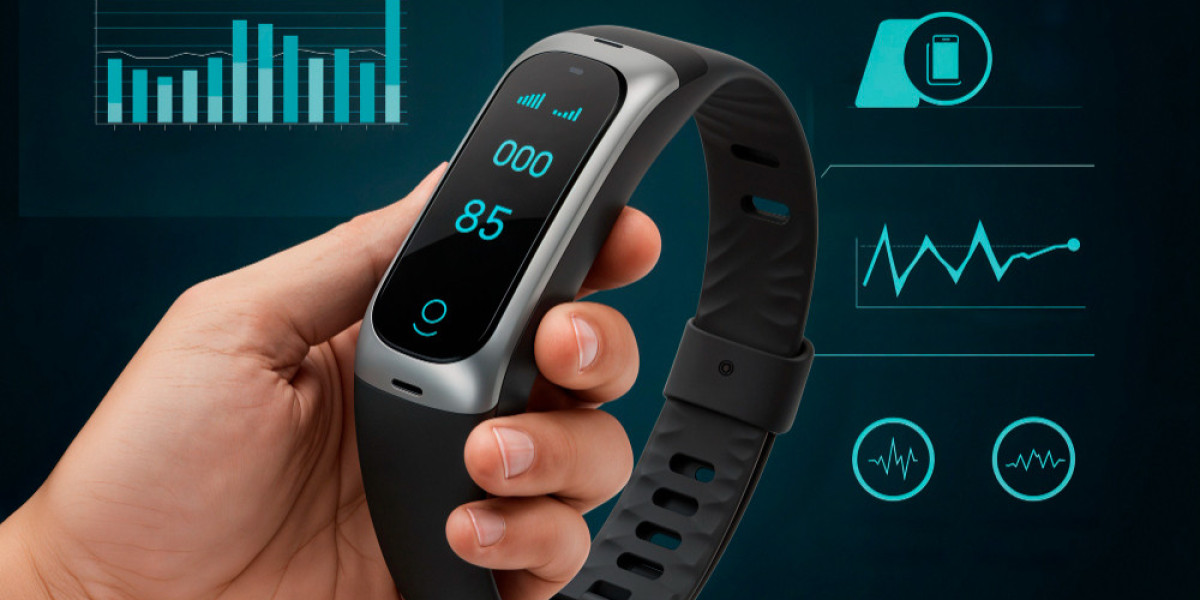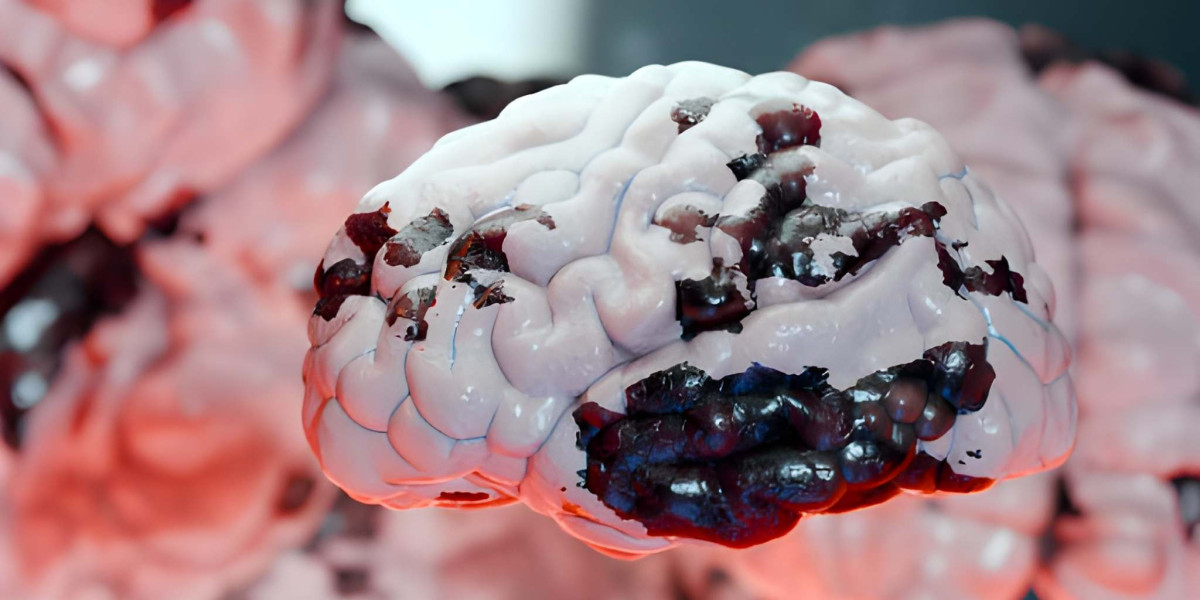Wearable technology has emerged as a cornerstone of modern healthcare, enabling continuous health surveillance and empowering individuals to take control of their wellness journey like never before.
The Power of Continuous Health Monitoring
Wearable technology tracking devices have redefined the concept of health monitoring by making it continuous, convenient, and comprehensive. Unlike traditional healthcare approaches that rely on periodic check-ups, these devices provide 24/7 health surveillance, capturing data that would otherwise be missed during brief clinical encounters.
Modern wearables employ sophisticated sensor arrays that can monitor multiple physiological parameters simultaneously. Heart rate monitors, pulse oximeters, and electrocardiogram sensors work together to provide a complete picture of cardiovascular health. Advanced sleep tracking capabilities analyze sleep stages, breathing patterns, and movement to assess sleep quality and its impact on overall health.
The evolution from simple activity trackers to comprehensive health monitoring systems has been remarkable. Devices now incorporate environmental sensors that track air quality, UV exposure, and ambient temperature, providing context for health data and enabling more accurate health assessments.
Significant Health and Wellness Benefits
The advantages of wearable technology in healthcare are transforming patient outcomes and healthcare delivery models. Continuous monitoring enables the early detection of health anomalies, often before symptoms appear, allowing for timely interventions that can prevent serious complications.
Chronic disease management has been revolutionized through wearable technology. Patients with conditions like diabetes, hypertension, and heart disease can now monitor their conditions continuously, leading to better disease control and reduced hospital readmissions. The ability to track medication effects and lifestyle impacts in real-time provides valuable insights for treatment optimization.
Preventive healthcare has been significantly enhanced through the behavioral insights provided by wearable devices. Users become more aware of their activity levels, sleep patterns, and stress responses, leading to positive lifestyle changes. This increased health consciousness often translates into better long-term health outcomes and reduced healthcare costs.
The democratization of health data has empowered patients to become active participants in their healthcare. By providing access to their own health metrics, wearables foster a sense of ownership and responsibility for personal health management.
Today's Wearable Technology Ecosystem
Current wearable technology encompasses a diverse ecosystem of devices designed for various health monitoring applications. Consumer-grade devices like smartwatches and fitness bands have become mainstream, offering features such as heart rate monitoring, step counting, and basic health tracking.
Professional-grade medical wearables are gaining prominence in clinical settings. Holter monitors for cardiac assessment, continuous glucose monitors for diabetes management, and wearable ECG devices for arrhythmia detection are becoming standard tools in modern healthcare practice.
The integration of artificial intelligence has enhanced the analytical capabilities of these devices. Machine learning algorithms can now identify patterns in health data, predict health events, and provide personalized health recommendations based on individual user patterns and medical history.
Interoperability has become a key focus, with devices increasingly able to share data across platforms and integrate with electronic health records. This connectivity enables healthcare providers to access comprehensive patient data collected outside clinical settings, improving diagnostic accuracy and treatment decisions.
Next-Generation Healthcare Technologies
Future developments in wearable technology promise to further revolutionize healthcare delivery and patient care. Researchers are developing biosensors capable of detecting specific biomarkers in sweat, saliva, and other bodily fluids, potentially enabling non-invasive monitoring of various health conditions.
Implantable and ingestible sensors represent the next frontier in wearable technology. These devices could provide continuous internal monitoring of organ function, drug levels, and disease progression, offering unprecedented insights into human health and disease processes.
The integration of augmented reality and virtual reality technologies with wearables could transform rehabilitation and therapy. Patients could receive real-time feedback on their movements and progress, while healthcare providers could monitor rehabilitation remotely and adjust treatment protocols accordingly.
Predictive analytics powered by big data and artificial intelligence will enable wearables to forecast health events with increasing accuracy. This capability could transform preventive medicine by identifying individuals at risk for specific conditions and enabling targeted interventions.
Conclusion
Smart health monitoring through wearable medical devices represents a paradigm shift in healthcare delivery. These technologies are not just changing how we monitor health – they're fundamentally transforming how we understand, manage, and improve human wellness. As wearable technology continues to advance, we can expect even more sophisticated, accurate, and accessible health monitoring solutions that will make quality healthcare available to everyone, everywhere.
Latest Reports:-
Retinopathy Of Prematurity Market | Richter Syndrome Market | Ringworm Market | Rosacea Market | Rotator Cuff Injuries Market | Shingles Market | Short Bowel Syndrome Drug Market | Short Bowel Syndrome Market | Shoulder Replacement Devices Market | Sickle Cell Disease Market | Sinusitis Market | Sjogren’s Syndrome Market | Skin Grafting Devices Market | Skin Neoplasm Market | Nicotine Addiction Market | Smoking Cessation Market | Spinal Cord Injury Market | Spinal Cord Stimulators Market | Spinal Decompression/traction Devices Market | Spinal Implants Market | Spinal Non-fusion Devices Market | Spinal Trauma Devices Market | Orthobiologics Market | Spondylolisthesis Market | Sporadic Inclusion Body Myositis Sibm Market | Staphylococcus Aureus Infection Market








